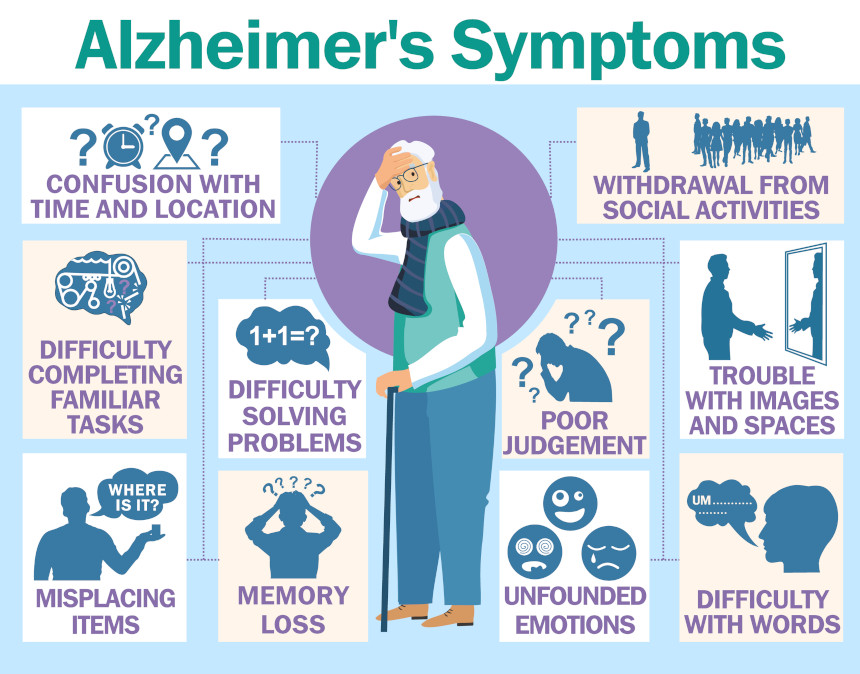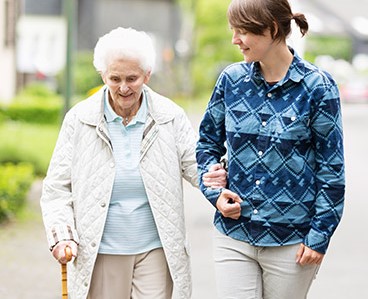Senior News Line
by Matilda Charles
If you’re confused about COVID vaccine and when our lives are going to change for the better, you’re not alone.
We’re considered to be fully vaccinated once two weeks have passed after the second dose of Pfizer or Moderna vaccines, or two weeks after the one-dose Johnson & Johnson.
What’s new is this, per the Centers for Disease Control and Prevention: If fully vaccinated, you can be indoors with other fully vaccinated people without wearing a mask. You can meet indoors with unvaccinated people in one household unless one of those people has a health risk. If you’ve been around someone who has COVID, you don’t have to stay away from people or get tested unless you have symptoms … or live in a group setting. In that case, stay away from others for 14 days and get tested, even if you don’t have symptoms.
Clear as mud, right?
It gets worse. According to the CDC, as fabulous as this new vaccine is, even if fully vaccinated, we still need to wear masks in public. We still need to social distance. We still need to avoid medium and large crowds. We still need to stay out of poorly ventilated spaces. We should delay travel.
So what’s the holdup? Why are we still under restrictions after getting the vaccine? The best I can figure out is that the answer lies with the COVID variants, the different versions created as the virus mutates. It appears that not all of the vaccines work equally well on all of the variants. Frankly, some of the vaccines work rather poorly, depending on which variant it encounters.
Until scientists figure this out, we still need to be cautious: wear masks, stay away from people, stay out of crowds. Except for getting the vaccine, not much has changed.
A Box of Greeting Cards
A few months ago, I got the idea to send greeting cards to some residents of a local nursing home who were locked down and not allowed to have visitors. It started small: a box of greeting cards and the first names of some of the residents, courtesy of the facility director. The idea has, to put it mildly, expanded.
First there was the call from the facility director wanting to know if I could enlarge my list because the residents were talking among themselves about who got cards and who didn’t.
“Certainly,” I said, and bought more cards.
A further expansion came when a woman called me saying that her mother was in that facility, but her mother-in-law was in another local place, and would I send cards to a few people there as well?
“Certainly,” I said, and bought more cards.
You see where this is going? It wasn’t long before I knew I needed some help. It wasn’t only signing and addressing the cards, it was writing an individual letter to go in each envelope.
I called the guidance counselor at the high school and the ideas just flew. The service club is writing letters; they roped in the art club, which is producing individual drawings and paintings for each nursing home resident. The chorus stepped up and is planning an outdoor concert in the front of each facility when the weather warms up. (At this point they practice their music on Zoom calls.) And two students have initiated a project wherein they’re collecting craft supplies for the therapist at the nursing home to use with the residents.
Does this sound like something you can start in your own area? You can start small. All it takes is a box of greeting cards — and a few ideas.
(c) 2021 King Features Synd., Inc.



